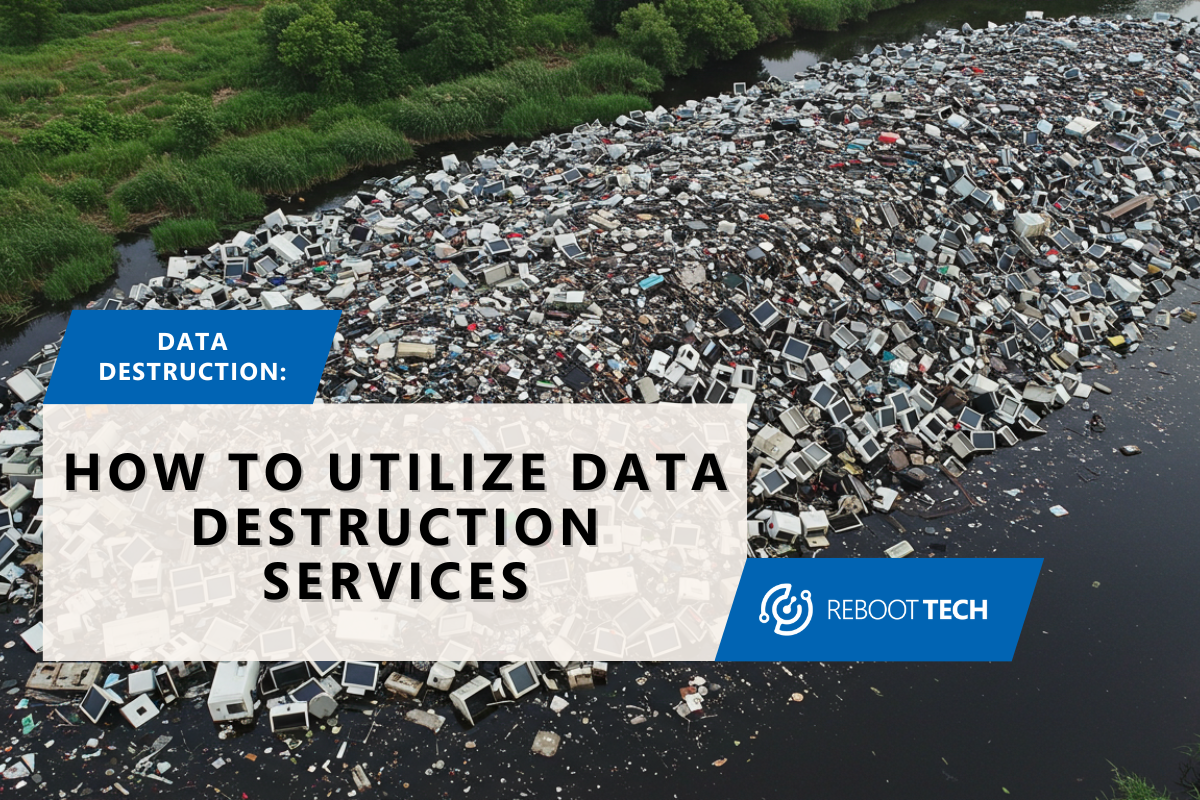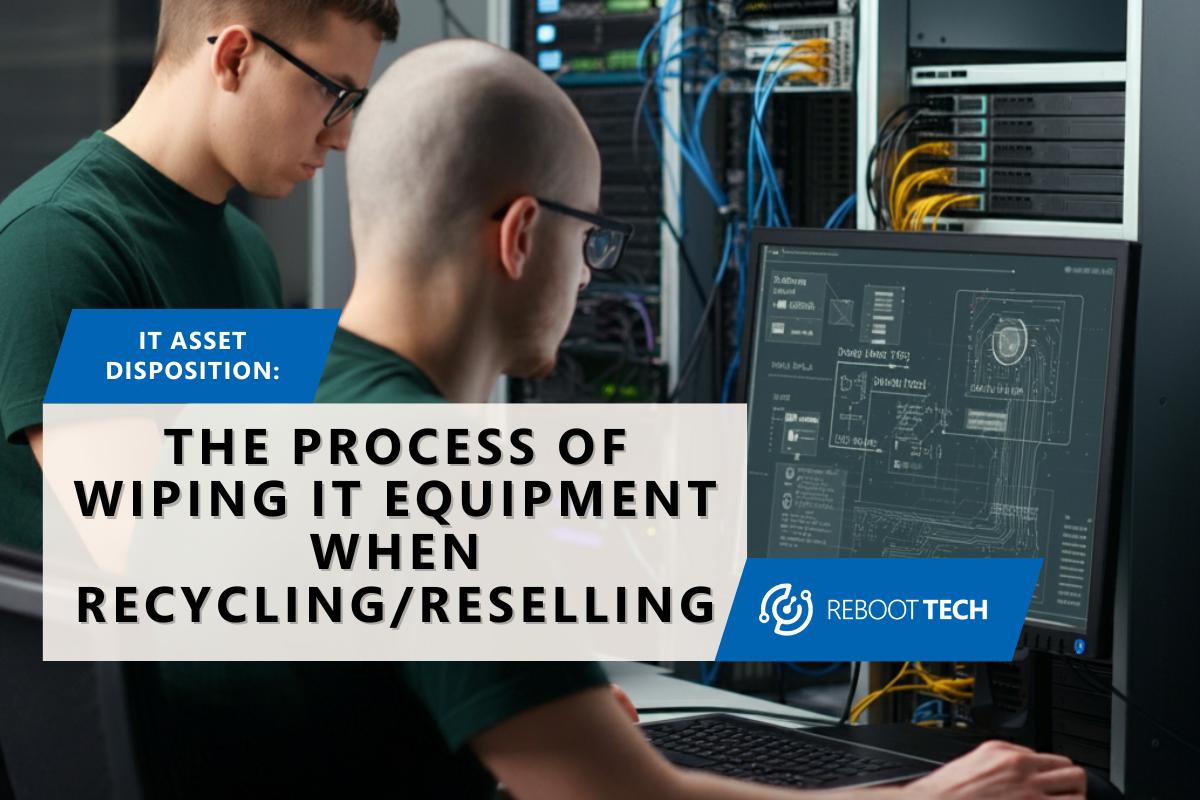
Erasing Data on IT Equipment When Recycling
In today’s digital world, businesses and individuals alike rely on IT equipment for everything from communication to storing sensitive information. As technology advances, so does the need to upgrade and replace this equipment. But before you recycle or sell your old IT devices, there’s an important step you should never skip—wiping the data.
The process of wiping IT equipment isn’t just about hitting delete or tossing a device into the recycling bin. It’s a thorough process that ensures your personal or business data is completely erased, preventing it from falling into the wrong hands. In this article, we will guide you through the process of wiping IT equipment, the importance of doing so before recycling, and the various methods available to securely wipe your data.
By the end of this blog, you’ll understand why wiping your IT equipment is crucial and how to find a reputable IT Asset Disposition (ITAD) company that can help you manage the process safely and responsibly.
Recycling IT Equipment
As companies and individuals constantly upgrade their IT equipment, old devices—such as computers, laptops, servers, and mobile phones—end up becoming e-waste. Recycling these devices is not only environmentally responsible but also helps reduce the growing problem of electronic waste. E-waste contains valuable materials like copper, gold, and silver, which can be reused. Additionally, recycling prevents toxic chemicals such as lead and mercury from contaminating our environment.
However, before recycling your IT equipment, it’s essential to ensure that your sensitive data is properly wiped from the devices. Whether you’re a business dealing with client information or an individual with personal data stored on your hard drive, wiping your IT equipment is a critical step in protecting your privacy and security.
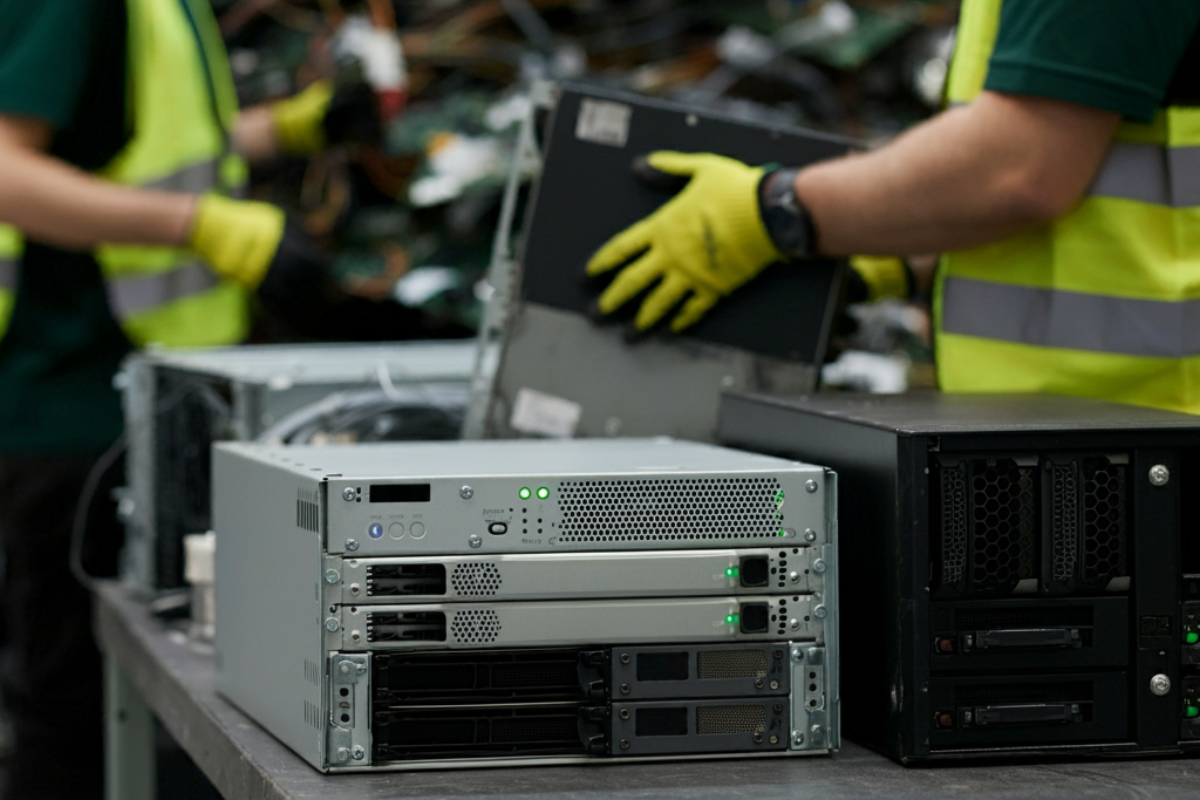
The Importance of Wiping IT Data Before Recycling
Why is it so important to wipe IT equipment before recycling? The answer lies in the sensitive nature of the data stored on these devices. From confidential business files and customer information to personal passwords and financial records, IT equipment holds a treasure trove of information that could easily fall into the wrong hands if not properly erased.
Simply deleting files isn’t enough. Deleted files can often be recovered with the right software, leaving your data vulnerable to hackers and identity thieves. By wiping the data, you ensure that it is completely erased and unrecoverable. This is especially important for businesses that handle sensitive customer information or financial data, as a data breach can lead to costly fines, damage to reputation, and loss of customer trust.
Key Reasons to Wipe Data Before Recycling IT Equipment:
- Protect Personal and Business Data: Wiping your devices ensures no one can recover sensitive information.
- Prevent Data Breaches: Data left on recycled devices can be hacked, leading to security and privacy issues.
- Comply with Regulations: Many industries have strict data protection regulations, such as GDPR or HIPAA, which require secure disposal of data.
Ways to Wipe Data on IT Equipment
There are several methods available for wiping data from IT equipment, ranging from software-based solutions to physical destruction. The right method for you depends on the level of security you need and whether you plan to reuse or recycle the equipment afterward.
1. Overwriting
Overwriting involves using specialized software to write new data over the old data stored on the device. This process typically involves writing random characters over the existing data multiple times, making the original data unrecoverable. It’s one of the most common and cost-effective methods for wiping hard drives and is suitable for businesses that plan to reuse or resell the equipment.

Degaussing is a method that uses a strong magnetic field to erase data stored on magnetic media, such as hard drives or tapes. This method disrupts the magnetic fields used to store data, effectively wiping the device clean. However, degaussing can render the device unusable, meaning it’s often used when the equipment is going to be discarded or destroyed.
4. Physical Destruction
For the highest level of data security, physical destruction is the most effective method. This involves physically breaking or shredding the storage device so that it can never be used or accessed again. While this method guarantees that the data is destroyed, it also means the equipment is no longer reusable. Physical destruction is often used by government agencies, financial institutions, and other organizations that handle highly sensitive information.
3. Erasing with Software
There are many data erasure software programs available that allow users to securely wipe data from hard drives and other storage devices. These tools are designed to erase all traces of data on a device, ensuring that it cannot be recovered by any standard methods. This is a good option for businesses that want to ensure complete data destruction while preserving the functionality of the equipment.
Finding a Reputable IT Asset Disposition Company
When it comes to wiping data and recycling IT equipment, working with a certified IT Asset Disposition (ITAD) company is essential. A reputable ITAD company can not only help you securely erase data from your devices but also ensure that your old equipment is recycled in an environmentally responsible way.
Certified ITAD companies, like Reboot Tech, offer services such as secure data destruction, asset tracking, and recycling. They comply with industry standards such as NIST, ISO, and EPA, ensuring your data is handled with the utmost care and confidentiality. Whether you need to wipe data for regulatory compliance or simply want to protect your business and personal information, partnering with an ITAD company is the best way to ensure that your equipment is disposed of properly.
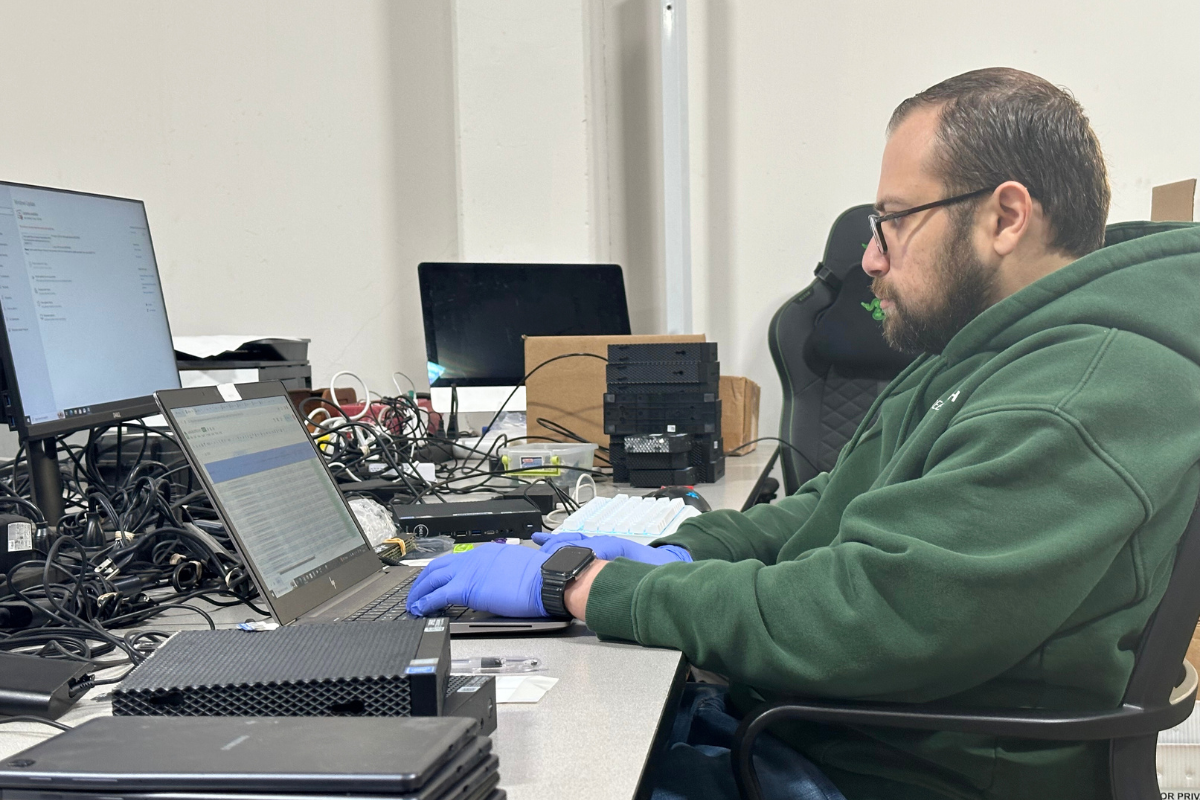
Choosing the Right Data Destruction Method for You
When deciding on a method to wipe your IT equipment, consider the following factors:
- Level of Security Required: If you’re dealing with highly sensitive information, such as financial data or confidential customer records, physical destruction may be the best option. For less sensitive data, software-based erasure methods may suffice.
- Reuse or Recycle: If you plan to sell or donate your equipment, data wiping or erasing is a good option, as it allows the device to be reused. If the equipment is outdated or broken, physical destruction may be a better choice.
- Compliance Requirements: Many industries have specific data protection regulations that require secure data disposal. Make sure the method you choose complies with relevant laws and standards.
Safeguarding Your Data and the Environment
Wiping IT equipment is not just about protecting your data; it’s also about contributing to a sustainable future. When you securely erase data and recycle your devices, you help prevent e-waste from ending up in landfills, where it can release harmful chemicals into the environment.
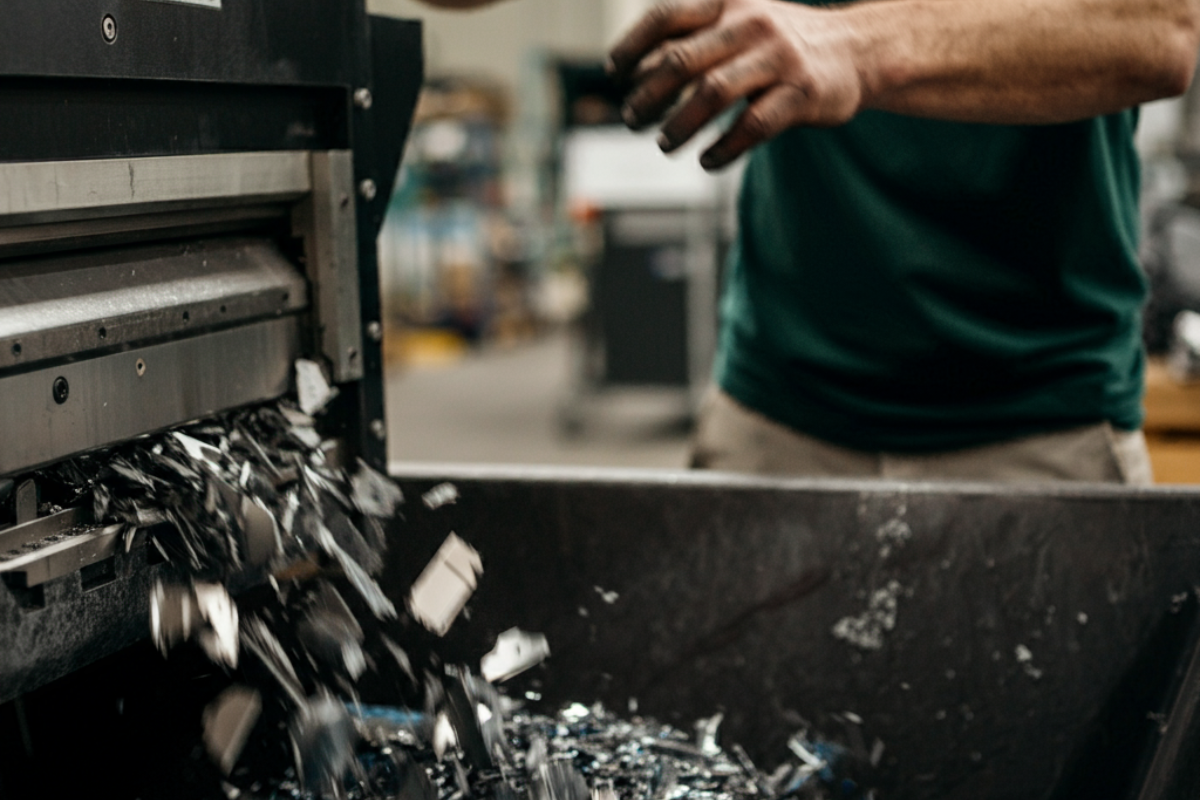
By working with certified recyclers and using appropriate data destruction methods, you can safeguard your business and personal information while also helping the planet. Recycling and securely disposing of your IT equipment is an easy way to do your part for the environment while staying safe from data breaches.
When it comes time to replace your IT equipment, don’t forget the critical step of wiping your data. Whether you choose to overwrite, degauss, or physically destroy your devices, make sure that your sensitive information is thoroughly erased.
By partnering with a reputable ITAD company, like Reboot Tech, you can recycle your equipment safely and responsibly, while ensuring that your data is completely destroyed. Not only will you help the environment by reducing e-waste, but you’ll also protect your business from the risks of data breaches.


